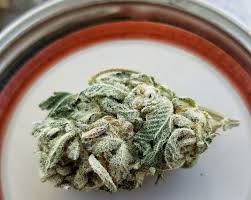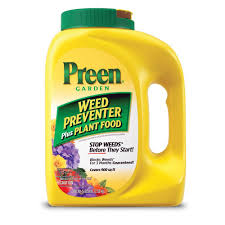Fentanyl In Weed, In recent years, the opioid crisis has gained significant attention, with fentanyl—a potent synthetic opioid—taking center stage due to its increasing presence in various illicit substances. One of the alarming trends emerging is the potential contamination of marijuana with fentanyl. This raises serious concerns about the safety of cannabis users and the broader implications for public health.
Understanding Fentanyl
Fentanyl is estimated to be 50 to 100 times more potent than morphine, making it a highly effective pain reliever when used appropriately in medical settings. However, its potency also means that even a tiny amount can lead to overdose and death. Fentanyl is often mixed with other drugs, such as heroin and cocaine, to increase their potency, and there are now reports suggesting it may be found in marijuana as well.
The Contamination of Cannabis
While marijuana has long been regarded as a relatively safe recreational drug, the potential adulteration with fentanyl poses new risks. Reports indicate that some dealers may lace marijuana with fentanyl to enhance its effects or increase addiction potential. This can be particularly dangerous because users may be unaware they are consuming a substance that could lead to overdose.
Several factors contribute to this trend:
- Market Pressures: The illegal drug market often seeks ways to boost profits. By mixing marijuana with fentanyl, dealers may aim to increase the perceived potency of their products.
- Lack of Regulation: Unlike legal cannabis, which is subject to testing and regulation, illegal marijuana is unregulated. This lack of oversight makes it easier for harmful substances to be introduced without consumers knowing.
- Misunderstandings about Cannabis: Many users might believe that marijuana is harmless. The misconception that “you can’t overdose on weed” can lead to risky behaviors, such as mixing substances without realizing the potential dangers.
Signs of Contamination
Identifying fentanyl in marijuana is challenging because it doesn’t significantly alter the appearance or smell of the product. However, some users may experience unusual effects, including:
- Extreme Drowsiness: A sense of lethargy that is not typical of cannabis.
- Confusion or Disorientation: Feeling unusually confused or disconnected.
- Difficulty Breathing: Experiencing shortness of breath or slowed breathing.
If users experience any of these symptoms after consuming marijuana, it is crucial to seek medical attention immediately.
What Can Be Done?
- Education and Awareness: Users need to be educated about the risks of fentanyl contamination in marijuana. Increased awareness can help individuals make informed decisions about their cannabis use.
- Testing: Individuals using marijuana, especially from unregulated sources, may consider using testing kits that can detect the presence of fentanyl and other harmful substances.
- Legislation: Advocating for stricter regulations on cannabis production and distribution can help ensure safety. Legal markets can help minimize the risk of contamination by enforcing testing and quality control measures.
- Public Health Initiatives: Governments and organizations should promote public health campaigns to educate the public about the dangers of fentanyl and its potential presence in various substances, including marijuana.
Conclusion
The presence of fentanyl in marijuana is a serious and growing concern that underscores the need for increased awareness and regulation. As the opioid crisis continues to evolve, it is essential for cannabis users to stay informed and vigilant. By understanding the risks and advocating for safety measures, we can help mitigate the dangers associated with this potent opioid and protect public health.
You Might Also Like These:



